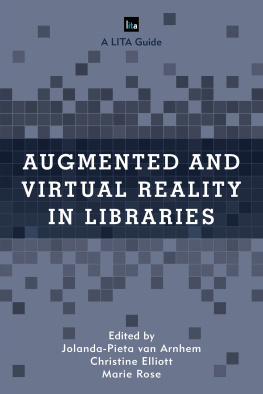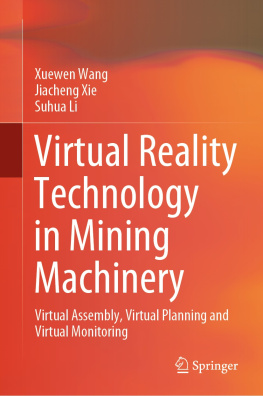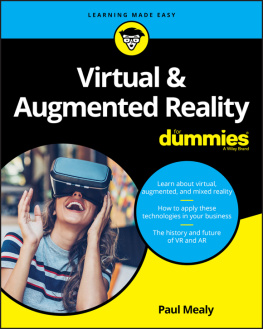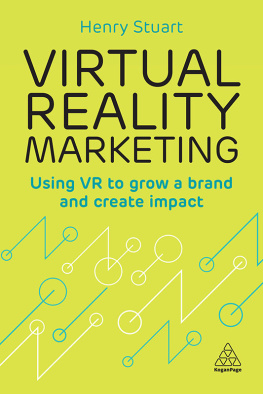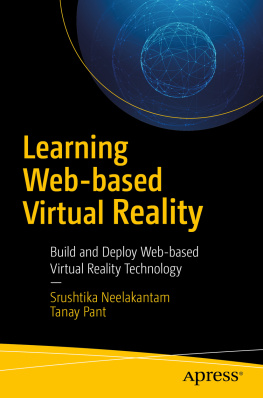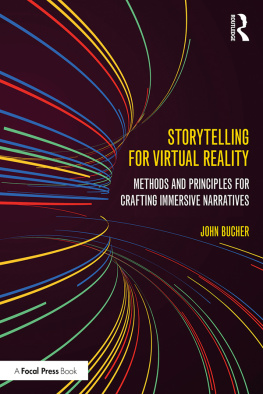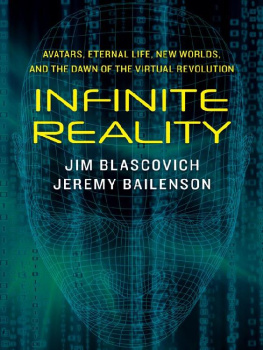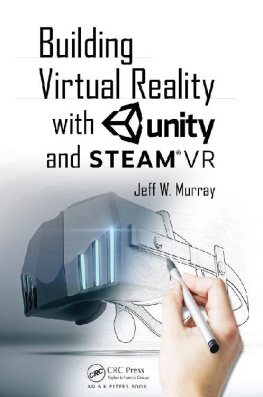Grigore C. Burdea - Virtual Reality Technology
Here you can read online Grigore C. Burdea - Virtual Reality Technology full text of the book (entire story) in english for free. Download pdf and epub, get meaning, cover and reviews about this ebook. year: 2003, publisher: Wiley-IEEE Press, genre: Computer. Description of the work, (preface) as well as reviews are available. Best literature library LitArk.com created for fans of good reading and offers a wide selection of genres:
Romance novel
Science fiction
Adventure
Detective
Science
History
Home and family
Prose
Art
Politics
Computer
Non-fiction
Religion
Business
Children
Humor
Choose a favorite category and find really read worthwhile books. Enjoy immersion in the world of imagination, feel the emotions of the characters or learn something new for yourself, make an fascinating discovery.
- Book:Virtual Reality Technology
- Author:
- Publisher:Wiley-IEEE Press
- Genre:
- Year:2003
- Rating:4 / 5
- Favourites:Add to favourites
- Your mark:
Virtual Reality Technology: summary, description and annotation
We offer to read an annotation, description, summary or preface (depends on what the author of the book "Virtual Reality Technology" wrote himself). If you haven't found the necessary information about the book — write in the comments, we will try to find it.
Virtual reality is a very powerful and compelling computer application by which humans can interface and interact with computer-generated environments in a way that mimics real life and engages all the senses. Although its most widely known application is in the entertainment industry, the real promise of virtual reality lies in such fields as medicine, engineering, oil exploration and the military, to name just a few. Through virtual reality scientists can triple the rate of oil discovery, pilots can dogfight numerically-superior bandits, and surgeons can improve their skills on virtual (rather than real) patients.
This Second Edition of the first comprehensive technical book on the subject of virtual reality provides updated and expanded coverage of the technologywhere it originated, how it has evolved, and where it is going. The authors cover all of the latest innovations and applications that are making virtual reality more important than ever before, including:
- Coverage on input and output interfaces including touch and force feedback
- Computing architecture (with emphasis on the rendering pipeline and task distribution)
- Object modeling (including physical and behavioral aspects)
- Programming for virtual reality
- An in-depth look at human factors issues, user performance, and
- sensorial conflict aspects of VR
- Traditional and emerging VR applications
GRIGORE C. BURDEA is a professor at Rutgers-the State University of New Jersey, and author of the book Force and Touch Feedback for Virtual Reality, also published by Wiley.
PHILIPPE COIFFET is a Director of Research at CNRS (French National Scientific Research Center) and Member of the National Academy of Technologies of France. He authored 20 books on Robotics and VR translated into several languages.
An Instructors Manual presenting detailed solutions to all the problems in the book is available from the authors website. http://www.caip.rutgers.edu/vrtechnology
Grigore C. Burdea: author's other books
Who wrote Virtual Reality Technology? Find out the surname, the name of the author of the book and a list of all author's works by series.


